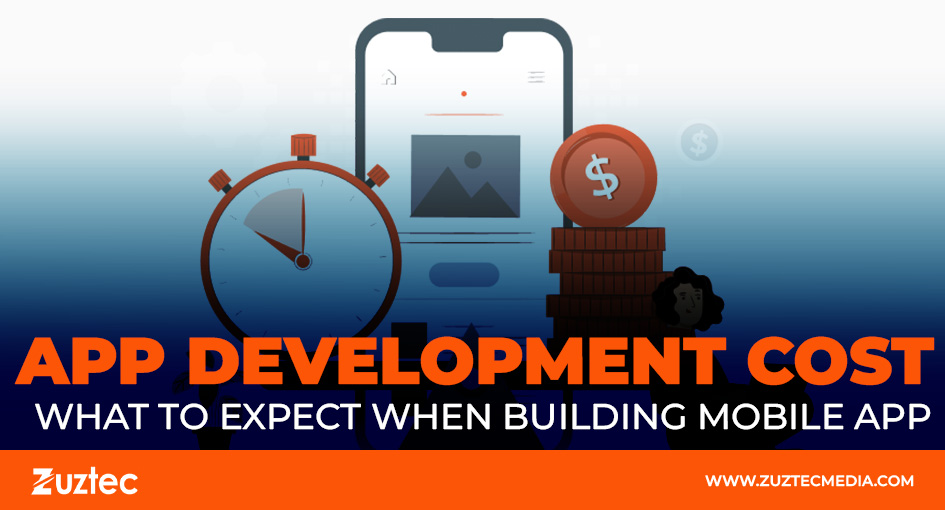
App Development Cost: What to Expect When Building Mobile App
In the modern digital economy, mobile apps have become indispensable tools for businesses, entrepreneurs, and creators looking to engage audiences, streamline operations, or provide services on the go. From social networking and e-commerce to health tracking and finance management, the range of app types continues to grow. One of the most frequent—and often confusing—questions that emerges early in any project is: what does app development cost?
Understanding the true cost of building an app involves more than just looking at hourly developer rates. It encompasses design, architecture, platform choice, features, backend systems, ongoing maintenance, and more.
Understanding App Development Cost Structures
The first step in estimating development cost is to understand the multitude of elements that go into it. Contrary to the idea that a simple app can be built for a few hundred dollars, even basic functionality requires a range of tasks: UI/UX design, front-end development, back-end setup, API integration, testing, and deployment.
Key factors influencing the overall cost include:
- Platform selection: Whether you’re building for iOS, Android, or both significantly impacts cost. Native apps (built specifically for one platform) often offer better performance but require separate development for each platform, increasing expense. Cross-platform tools like Flutter or React Native can reduce this cost.
- App complexity: A basic app with static content and limited interactivity will cost significantly less than an app requiring user accounts, real-time updates, GPS functionality, or payment systems.
- Design expectations: Custom illustrations, advanced animations, and unique user interfaces take more time to develop compared to template-based layouts.
- Backend infrastructure: Apps that rely on cloud databases, third-party APIs, or custom backend systems (like for authentication, payment processing, or content management) require additional development and maintenance.
- Team location and size: Development costs vary significantly by geography. Hiring a developer in the U.S. or Western Europe can cost $100–$200 per hour, while skilled professionals in Eastern Europe, South Asia, or Latin America may charge $25–$75 per hour.
App Development Tiers: From Simple to Complex
To better understand where a project might fall on the pricing spectrum, it’s helpful to break it into tiers:
- Basic app: Minimal interactivity, informational content, possibly a contact form or map. Examples: a business profile or a product catalog. Cost range: $5,000–$15,000.
- Mid-range app: User login systems, data storage, in-app messaging, push notifications, API integration. Examples: a local marketplace or a service booking app. Cost range: $15,000–$50,000.
- Complex app: Social features, payment gateways, real-time tracking, media handling, and/or machine learning integration. Examples: Uber-like apps or fitness trackers. Cost range: $50,000–$200,000+.
Cost Breakdown by Development Stage
Planning and Research
Before writing a single line of code, proper planning is essential. Expect to invest $1,000–$10,000 depending on how in-depth the research is.
Spending time upfront in the planning phase often helps avoid expensive mistakes later. Think of it as building a blueprint before constructing a house—critical to staying on budget.
Design and Prototyping
Great apps don’t just function well—they look good and feel intuitive. UI/UX designers play a key role in this process by creating wireframes, clickable prototypes, and polished screen designs.
Design costs vary based on complexity. A clean, minimalist layout might cost $2,000–$5,000, while a fully custom interface with animations, transitions, and branding may push costs to $10,000 or more.
Frontend and Backend Development
This is where the bulk of the app development cost lies. Frontend refers to what users interact with, while backend development includes servers, databases, and APIs.
- Frontend costs depend on how many screens and how interactive the app is.
- Backend costs include setting up data storage, user authentication, analytics, and integrating third-party services.
Combined, these components often make up 60–70% of the total project cost. For a mid-range app, expect to spend between $20,000 and $50,000 on development alone.
Testing and Quality Assurance (QA)
An often underestimated part of the process, testing ensures the app works correctly across devices, screen sizes, and operating systems. QA testing can consume 15–25% of the development time.
Automated testing helps, but manual testing is still essential for a polished product. Investing in thorough testing can save thousands in post-launch bug fixes or reputation damage.
Deployment and Maintenance
Once your app is live, the journey doesn’t stop. App stores have review guidelines, and the deployment process can require multiple iterations.
Post-launch costs often include:
- Bug fixes
- Feature updates
- Server hosting fees
- OS compatibility updates
- User support
Ongoing maintenance usually costs 15–20% of the initial app development cost annually.
Managing App Development Cost Effectively
Ways to Reduce Costs Without Sacrificing Quality
Budget-conscious entrepreneurs and startups can take several steps to reduce costs without compromising quality:
- Start with an MVP: A minimum viable product includes only essential features to launch quickly and validate the market.
- Use cross-platform tools: Frameworks like Flutter and React Native allow a single codebase for both Android and iOS.
- Leverage pre-built components: Instead of building every element from scratch, use libraries and tools where possible.
- Outsource strategically: Hiring remote developers or agencies in cost-effective regions can save thousands.
In a nutshell, at first glance, app development cost may seem high, especially for entrepreneurs or small businesses. But when viewed through the lens of long-term value, engagement, and scalability, the investment often pays off. A well-built app can streamline operations, strengthen brand loyalty, and even become a core revenue generator.
Understanding where your money goes—and how to optimize it—empowers better decisions. Whether you’re building a simple service app or a complex mobile platform, aligning your budget with your business goals ensures the cost isn’t just an expense—it’s a strategic investment in growth

